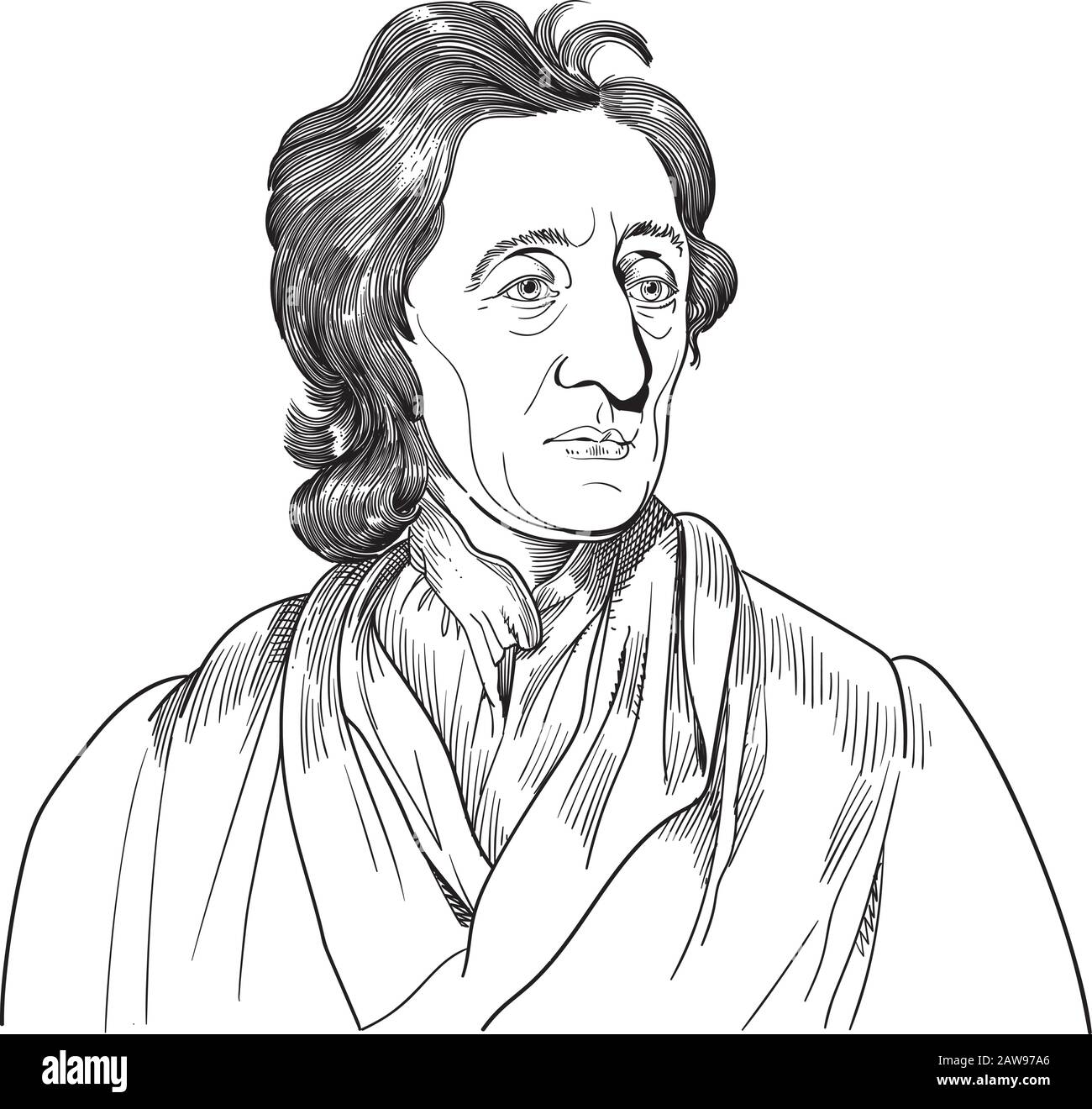
John Locke known as the Father of Liberalism, was an English
A line drawing of the Internet Archive headquarters building façade. An illustration of a heart shape "Donate to the archive" An illustration of a magnifying glass.. john-locke-complete-works Identifier-ark ark:/13960/s2zn64sqpkf Ocr tesseract 5.2.0-1-gc42a Ocr_detected_lang en Ocr_detected_lang_conf 1.0000 Ocr_detected_script

John Locke Cartoons and Comics funny pictures from CartoonStock
"Inhabitants of rustic parts of the world": John Locke's collection of drawings and the Dutch Empire in ethnographic types Mariana de Campos Françozo Pages 349-374 | Received 23 Dec 2015, Accepted 13 Nov 2016, Published online: 08 Dec 2016 Download citation https://doi.org/10.1080/02757206.2016.1261856 In this article ABSTRACT Introduction
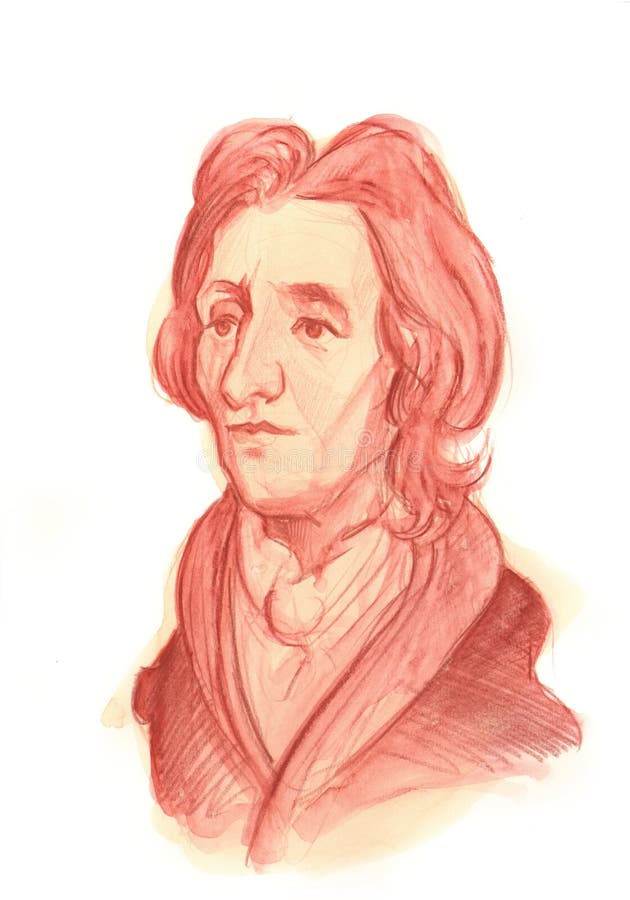
John Locke Watercolour Sketch Portrait Editorial Photography
A bust of John Locke, via Wikimedia Commons. Locke observed in his 'Epistle to the Reader', which functions as a kind of preface to the Essay, that the work which became the Essay arose originally out of conversations with friends. These intellectual debates - which we know involved such timely matters as the nature of God and the nature of Justice - were, on Locke's account, going.

John Locke coloring page Free Printable Coloring Pages
John Locke (b. 1632, d. 1704) was a British philosopher, Oxford academic and medical researcher. Locke's monumental An Essay Concerning Human Understanding (1689) is one of the first great defenses of modern empiricism and concerns itself with determining the limits of human understanding in respect to a wide spectrum of topics.

john locke cartoon drawing got7lineartdrawingsimple
John Locke's Philosophy: Five Key Ideas John Locke was one of the most important proponents of liberal ideology as well as modern state functionality. Read on to learn some of Locke's most groundbreaking philosophical ideas. Aug 11, 2021 • By Alexander Standjofski, BA in History & Political Theory w/ pre and post-Christian Ideology
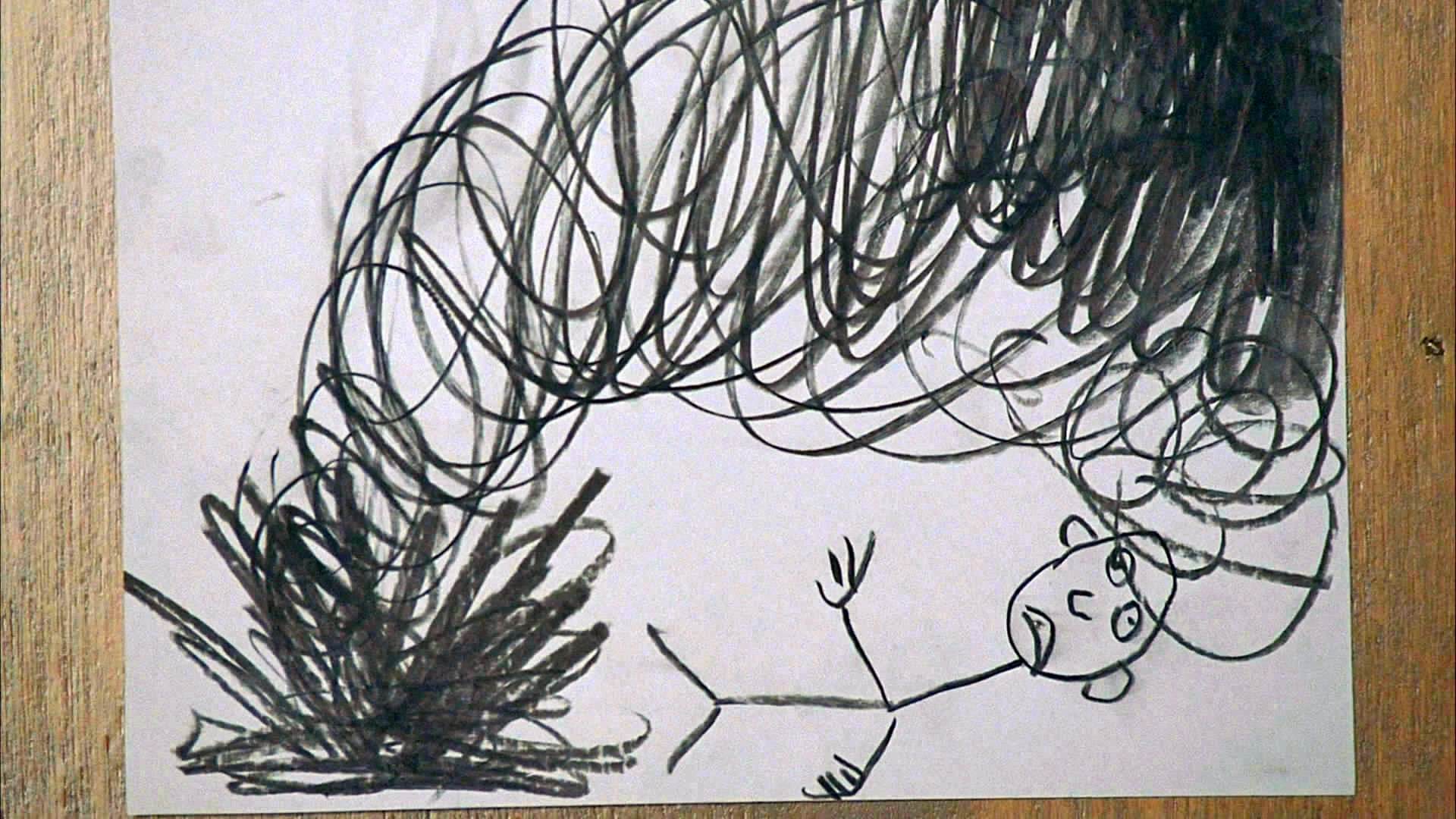
Locke's drawing Lostpedia FANDOM powered by Wikia
John Locke's most famous works are An Essay Concerning Human Understanding (1689), in which he developed his theory of ideas and his account of the origins of human knowledge in experience, and Two Treatises of Government (first edition published in 1690 but substantially composed before 1683), in which he defended a theory of political authorit.

John Locke 16321704 English Drawing by Vintage Design Pics
1. Introduction 1.1 The puzzle of Locke's moral philosophy. There are two main stumbling blocks to the study of Locke's moral philosophy. The first regards the singular lack of attention the subject receives in Locke's most important and influential published works; not only did Locke never publish a work devoted to moral philosophy, but he dedicates little space to its discussion in the.
My John Locke drawing, not the best, but I still wanted to share it
John Locke (1632-1704) added the chapter in which he treats persons and their persistence conditions (Book 2, Chapter 27) to the second edition of An Essay Concerning Human Understanding in 1694, only after being encouraged to do so by William Molyneux (1692-1693). [] Nevertheless, Locke's treatment of personal identity is one of the most discussed and debated aspects of his corpus.

John Locke Drawing This is my first art piece of '09. I ca… Flickr
John Locke was born on 29 August 1632 in Wrington, in the county of Somerset, England, into a modest Puritan family of traders. In the troubled times of the English Civil Wars (1642-1651), John's father had fought in the army of the Parliamentarians, the ultimate victors who abolished the monarchy. John was educated at the Westminster School.

John Locke Philosophy John locke, Male sketch, Philosophers
John Locke English philosopher Cite External Websites Written by Graham A.J. Rogers Professor Emeritus of the History of Philosophy, Keele University. Editor of Locke's Philosophy: Content and Context and others; author of Locke's Enlightenment: Aspects of the Origin, Nature,. Graham A.J. Rogers Fact-checked by
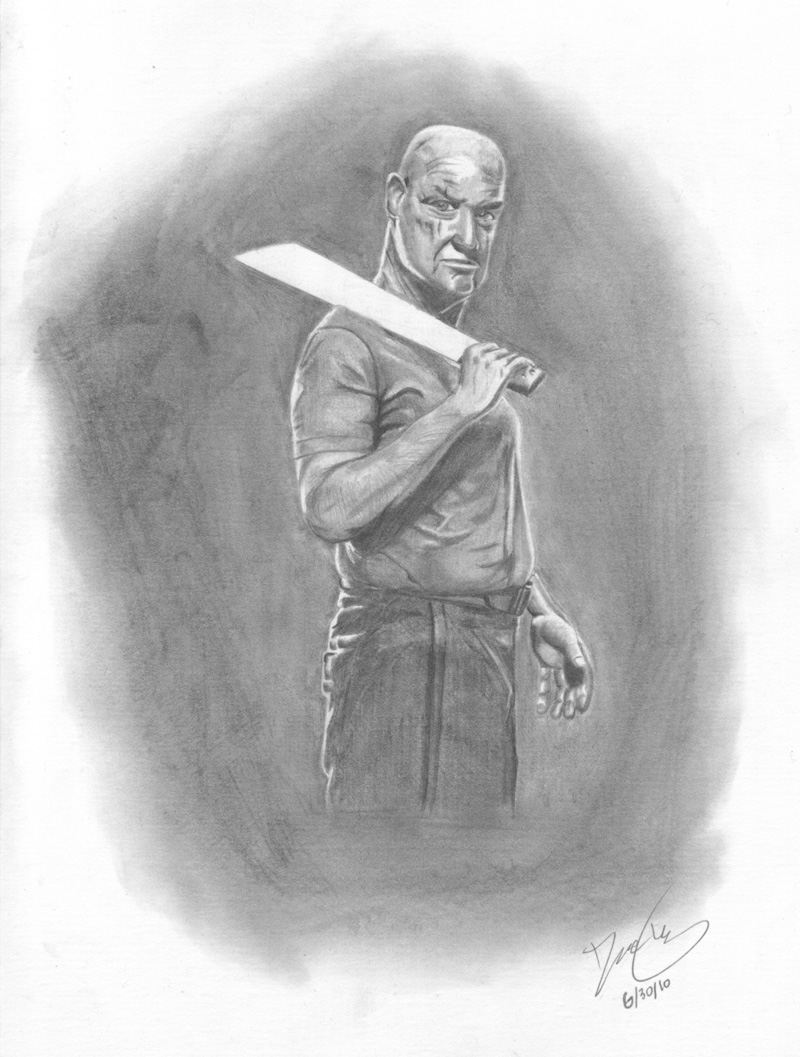
Frame by Frame June 2010
A look at A Letter Concerning Toleration (1689), written by John Locke, who advocated religious toleration. One of the pioneers in modern thinking was the English philosopher John Locke. He made great contributions in studies of politics, government, and education. He also stressed the importance of toleration, especially in matters of religion.

john locke cartoon drawing got7lineartdrawingsimple
Locke took the first big step towards a new philosophy of science that did not require a break with all that had gone before in order to escape from the intellectual crisis. According to Margaret J. Osler: "By insisting that knowledge and certainty are equivalent, he remained at one with the Aristotelian and Cartesian traditions.".

John Locke Lost by agusgusart on DeviantArt John locke, Drawing
Locke's epistemological views and his advocacy of rational religion were taken up by early eighteenth century deists such as John Toland and Anthony Collins who drew conclusions about religion that outraged the orthodox. The age of rational religion was coming to a close by the middle of the eighteenth century.

John Locke ClipArt ETC
John Locke (/ l ɒ k /; 29 August 1632. Drawing on thoughts expressed in letters written to Mary Clarke and her husband about their son, he expresses the belief that education makes the man—or, more fundamentally, that the mind is an "empty cabinet":
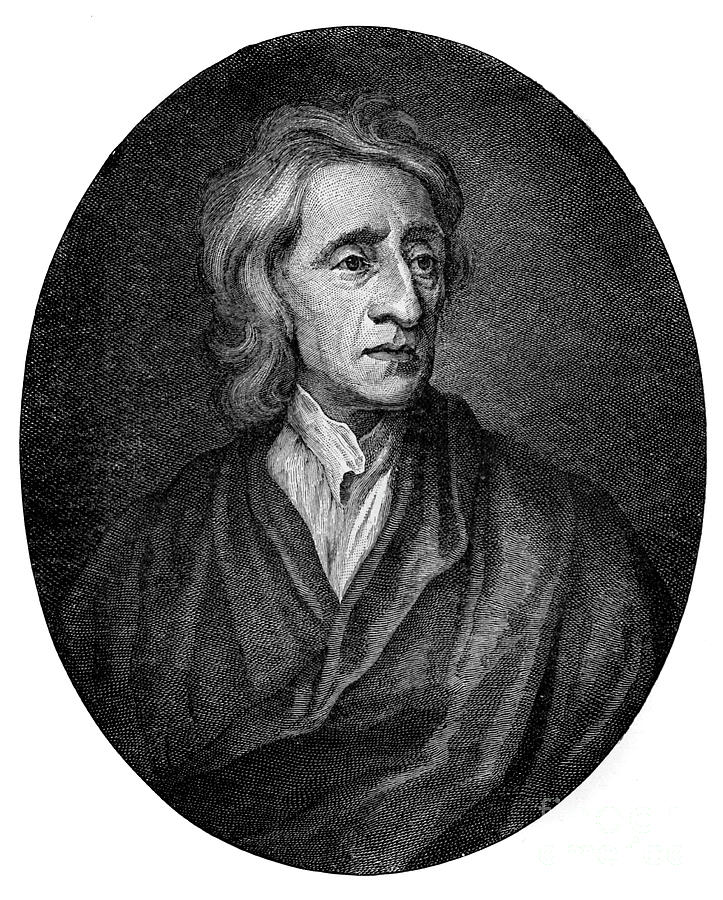
John Locke Drawing by English School Fine Art America
File usage on Commons The following 2 pages use this file: John Locke File:Locke.svg (file redirect) Metadata This file contains additional information such as Exif metadata which may have been added by the digital camera, scanner, or software program used to create or digitize it.

John Locke Portrait in Cartoon Style Stock Vector Illustration of
John Locke was born in 1632 in Wrighton, Somerset. His father was a lawyer and small landowner who had fought on the Parliamentarian side during the English Civil Wars of the 1640s.